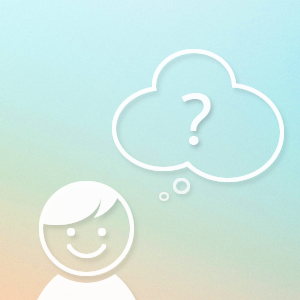
Alright, this statement is a bit tongue-in-cheek, but I’ll reveal a significant truth about it. Although it is essential to comprehend the desires, needs and expectations of our users, how we obtain this insight greatly affects what we learn and how useful it is.
More information than you might imagine is processed beyond conscious awareness.
First of all, interaction design in many ways deals with the subconscious rather than conscious awareness. It’s similar to driving. As drivers, we’re not aware of all the bits of information we process or every move we make to change lanes, avoid other vehicles, or moderate speed in traffic. We simply focus on the goal and make our way to the desired destination. It’s very much the same when interacting with products. More information than you might imagine is processed beyond conscious awareness. This makes it difficult, if not impossible, for users to conceptualize and articulate those experiential nuances, then comprehend an appropriate solution to support task success.
Secondly, asking a user what he wants commonly prompts ideas that are discordant with other user needs, are outside the focus of the project, or range from overly simple to convoluted. Sometimes we’re simply greeted with a blank stare. This is because their frame of reference does not include analyzing perceptions and behaviors or designing software, so design solutions are not mentally available to offer.
Asking users what they want might teach us something about their perception of their product experience, yet it is unlikely to reveal the key information that drives effective design.
Software design solutions depend on comprehending possibilities and trade-offs in interface and interaction design. It requires negotiating process and visual design options, feature design potential, technical feasibility, the needs of multiple user groups and those of the business, along with other product and project requirements. Asking users what they want might teach us something about their perception of their product experience, yet it is unlikely to reveal the key information that drives effective design. Instead of getting filtered and conceptualized data that might limit our understanding of user needs, we want to know the basis for those perceptions.
The most useful information a user can give us is what motivates them, what they need to accomplish, and how they currently tackle goals. This is the raw, practical data used to imagine creative solutions, both technically and conceptually. It gives the project team the greatest leeway to improve the experience for a variety of users and balance a multitude of factors involved in product design.
Traversing the gap between expectations and solutions is the basis for decision-making in product and feature design. Product design decisions should be fully grounded in awareness of the users, yet gaining insight and transforming that awareness into feasible and effective designs requires finesse and professional expertise. The first key is comprehending how to obtain insight from a user that is truly beneficial to the success of the user and the project.
